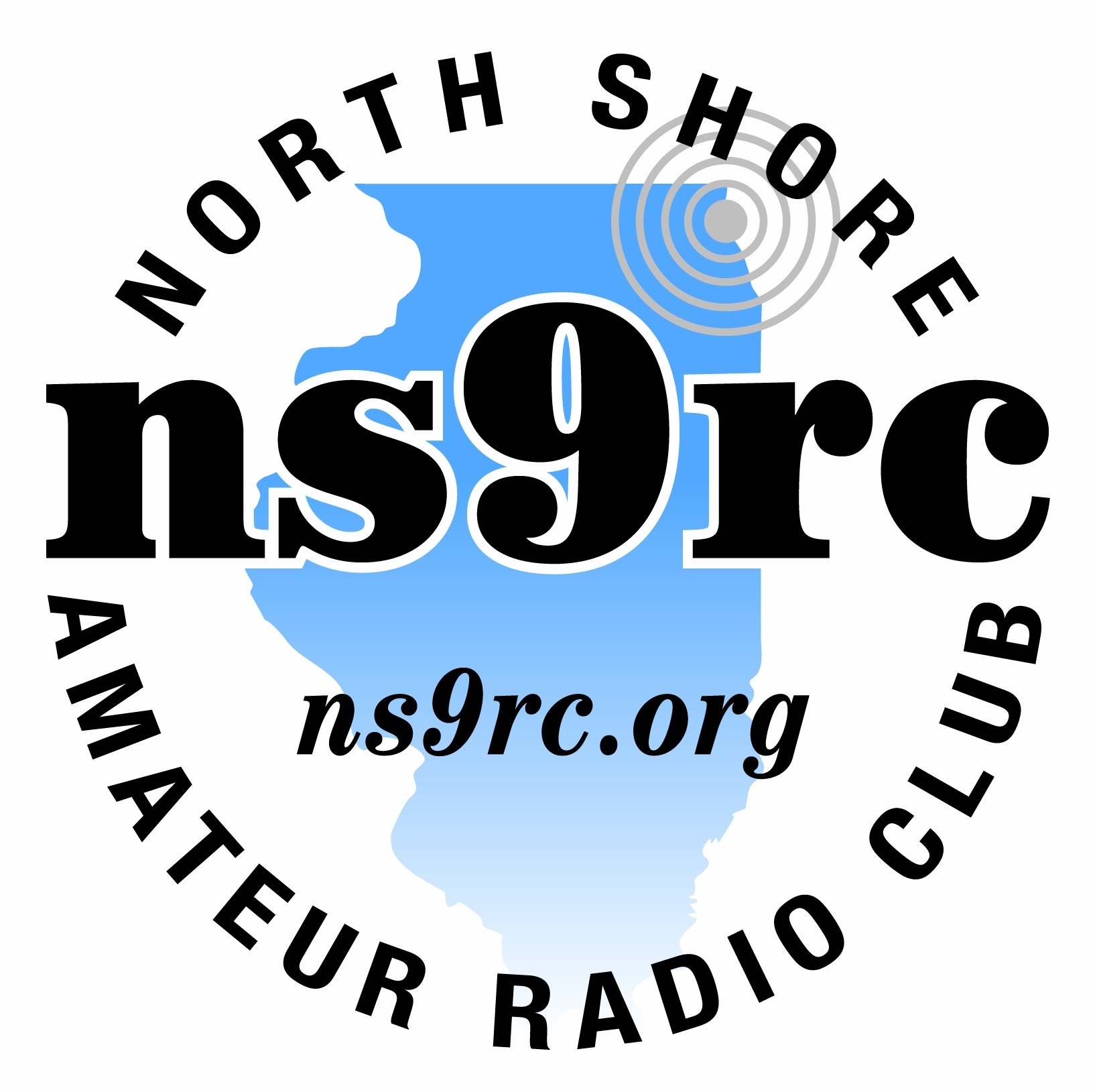Teaching teachers about ham radio
Don Whiteman KK9H, Dave Hewitt N3BXY, Derick Bonewitz AB9PR, and I spent a recent Saturday morning at Yerkes Observatory in Williams Bay, WI showing 15 middle school and high school teachers ways they could integrate ham radio into their classroom. It was an exciting day.
As some of you know, we are facing a PR/Membership dilemma in this hobby. Many of us came to ham radio listening to shortwave broadcasts. Most of that is gone today, for various reasons. Others came to ham radio as a result of scouting! (I had to learn Morse code as part of my First Class requirements and that kept many others from ever getting past that rank). Since those days, ham radio has gone deep underground. It is virtually invisible to the public. Over the years, technology changed, radio changed, the Internet was born, and the iPhone generation was born. Wither goest ham radio? Yeah…that’s right…”Is ham radio even around anymore?” we were asked?
You bet! Part of it is in the phone you use, or the car radio that uses satellite technology, or the remote controller for your TV or your wireless phones at home. We are surrounded by wireless technologies…but most people don’t realize that ham radio has been there all along. Meanwhile, we are also facing a tremendous shortage of technically inclined young people so schools are trying to combine disciplines into something called STEM – Science, Technology, Engineering and Math. So, what do you think? Do you think Ham radio could play a part here?
Well, that was the gist of what we were proposing. There are countless ways in which ham radio can be used in the classroom, not only to teach core academic skills, but to enhance communications.
Turns out that Lynne Zielinski, a retired science teacher from Glenbrook North, and who spoke to us at the NSRC winter banquet last year, invited us to be part of an extension program Yerkes offers science teachers to find new ways to bring STEM to the classroom. We jumped at the opportunity (even though it was the same day as our own Winter Banquet that many of us were going to attend!)
By all accounts, it was a smash hit. We did an overview of what ham radio is, how we can use it to teach simple science principles, and then let them enjoy some of the more common operating modes - SSB, AM, PSK – as well as experience several of the modes on the fringe of our hobby…meteor scatter, moon bounce and the like (it was Yerkes after all!)
Yerkes is part of the University of Chicago and still houses the world largest refracting telescope. In its day, it was the state of the art facility of the discipline and was the site of some very seminal discoveries itself about our sun and galaxy. Famous people walked the halls, including Albert Einstein and Subrahmanyan Chandrasekhar, who did studies on white dwarf stars and other stellar structures.
Yes, Yerkes would be a great place for a Field Day or a special events station and the door is open for us to explore that idea with the folks at Yerkes. For now, we have found several new ways for us to introduce ham radio to another generation of students (and teachers). To me, this is our next charge…not only to keep the hobby alive, but to keep it vital. We must find ways to continue to get our story out to students and young people. We don’t have to compete with iPads - we offer our own unique experience, once people know we are out there. In fact, there are many ham radio related apps for ham radio on the iPad already! We just need to bring it to people’s attention.
Rob
K9RST
